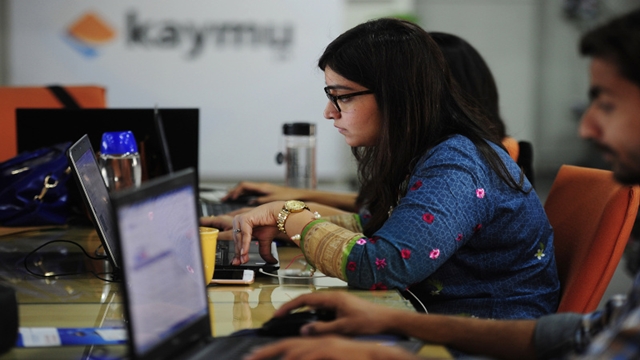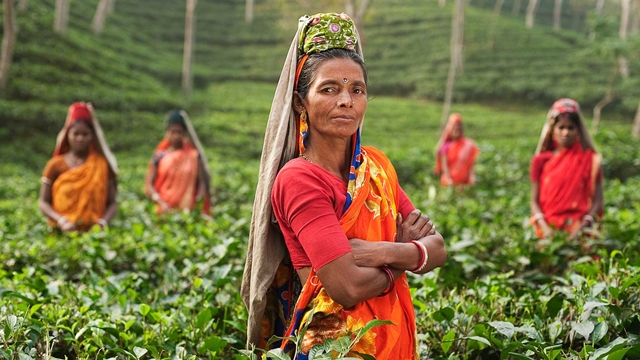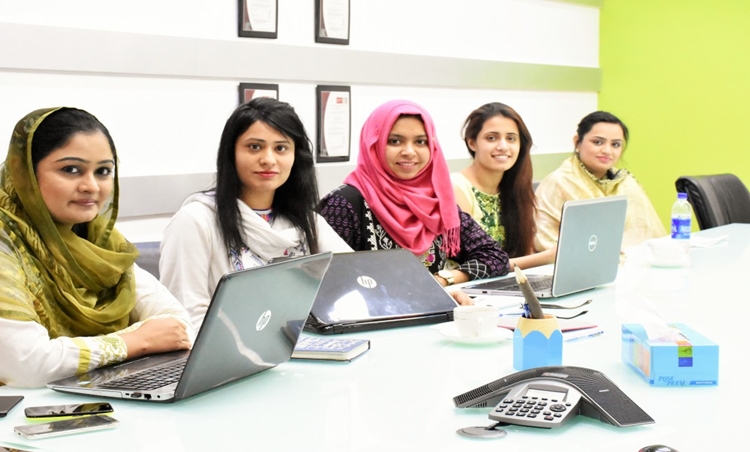SAM
Published:2020-01-20 01:09:45 BdST
Women earn more per hour than men in Bangladesh
FT ONLINE
Bangladesh is the only country among 64 selected economies where women earn more wages per hour than men, according to a United Nations report.
The estimation was made considering factor weighted average based on education, age, part-time/full-time work, public/private work, and so on.
Additionally, Bangladesh has the least gender monthly pay gap, which means that women earn only 2.2 percent less than men per month. It is the only economy in the study to have achieved this minimum level of the gender pay gap.
Gender wage gap is the difference between the average earnings of women relative to the average earnings of men. Meanwhile, wage is a fixed regular payment earned for work or services, typically paid on an hourly or monthly basis.
When considering hourly wages, women in Bangladesh make 4.7 percent more than their male counterparts, beating high-income economies such as the USA, UK, Canada, Sweden and the Netherlands.
The World Economic Situation and Prospects 2020, published on January 16, 2020, is an annual UN flagship publication on the state of the world economy, viewed through the lens of the 2030 Agenda for Sustainable Development Goals (SDG).
Among the 17 SDG goals, "Gender Equality" at number 5 focuses on achieving gender equality and empowerment of all women and girls.
The annual report brings up the mean gender pay gap as measured hourly and monthly for 64 selected economies. This estimate is based on the 2018-19 report of the International Labour Organisation's Global Wage Report.
Pay Gap In Monthly Earnings Narrows
According to the 2018-19 ILO report, women were earning 5.5 percent more than men in terms of mean hourly wages, but considering monthly earnings, women were earning 7.2 percent less.

The latest report by the UN shows that the pay gap has been reduced by 5 percentage points, an indication that Bangladesh has made a big improvement in this regard within just a year.
Global Picture Not So Good
Globally, women's average hourly income is 18.8 percent less compared to men. The situation is worse in terms of mean monthly wages, where women earn 21.2 percent less than men.
In comparison, the 2018-19ILO report pointed out that globally, women were earning 15.6 percent less than men hourly and 20.5 percent less monthly. This clearly indicates that the mean gender pay gap has increased globally within one year.
Gap Wider In Upper Middle-Income Countries
In terms of equal pay to women, 17 upper-middle-income countries have fared the worst in the UN report.
The 30 high-income countries selected for the survey have the least monthly pay gap in terms of economic groups. Shockingly enough, a selected five low-income countries performed well enough in mitigating the monthly gender pay gap to rank just below the high-income countries.
The hourly gender pay gap is also the lowest in the selected five low-income countries.
In high-income countries, the hourly gender pay gap is 15.5 percent and the monthly gender pay gap is 18.3 percent.
In low-income countries, the hourly pay scene is better than that of high-income countries. The hourly gender pay gap is 12.6 percent and the monthly gender pay gap is 20.2 percent.
Pakistan Performs The Worst

In terms of both hourly and monthly wages, the most noticeable gender pay gap exists in Pakistan. The country's women are paid 36.3% less than men hourly. The monthly income of men in Pakistan is almost double compared to what women are earning in similar jobs.
The monthly gender pay gap in Pakistan currently stands at 43.8 percent.
The second worst performer is the Republic of South Africa, where women are paid 28.5 percent less than men hourly and 31.1 percent less monthly.
The Republic of Korea is in the high-income country group, but in the case of the gender pay gap, the country is in the third-worst position. The mean gender pay gap is 26.2 percent and 28.3 percent respectively for hourly and monthly wages.
South Asia

Along with Bangladesh and Pakistan, Sri Lanka and Nepal are also in the selected economies. India has not made it to the list.
Sri Lanka has shown a high gender pay gap, while Nepal is showing a relatively moderate gender pay gap compared to other South Asian countries. However, the percentage is higher than the world average in all South Asian countries, excluding Bangladesh.
About Estimations
According to the ILO definition, pay refers to total gross remuneration, which includes regular wages, bonuses and gifts during the time of working and time of not working, such as paid annual leave or paid sick leave.
Unauthorized use or reproduction of The Finance Today content for commercial purposes is strictly prohibited.


